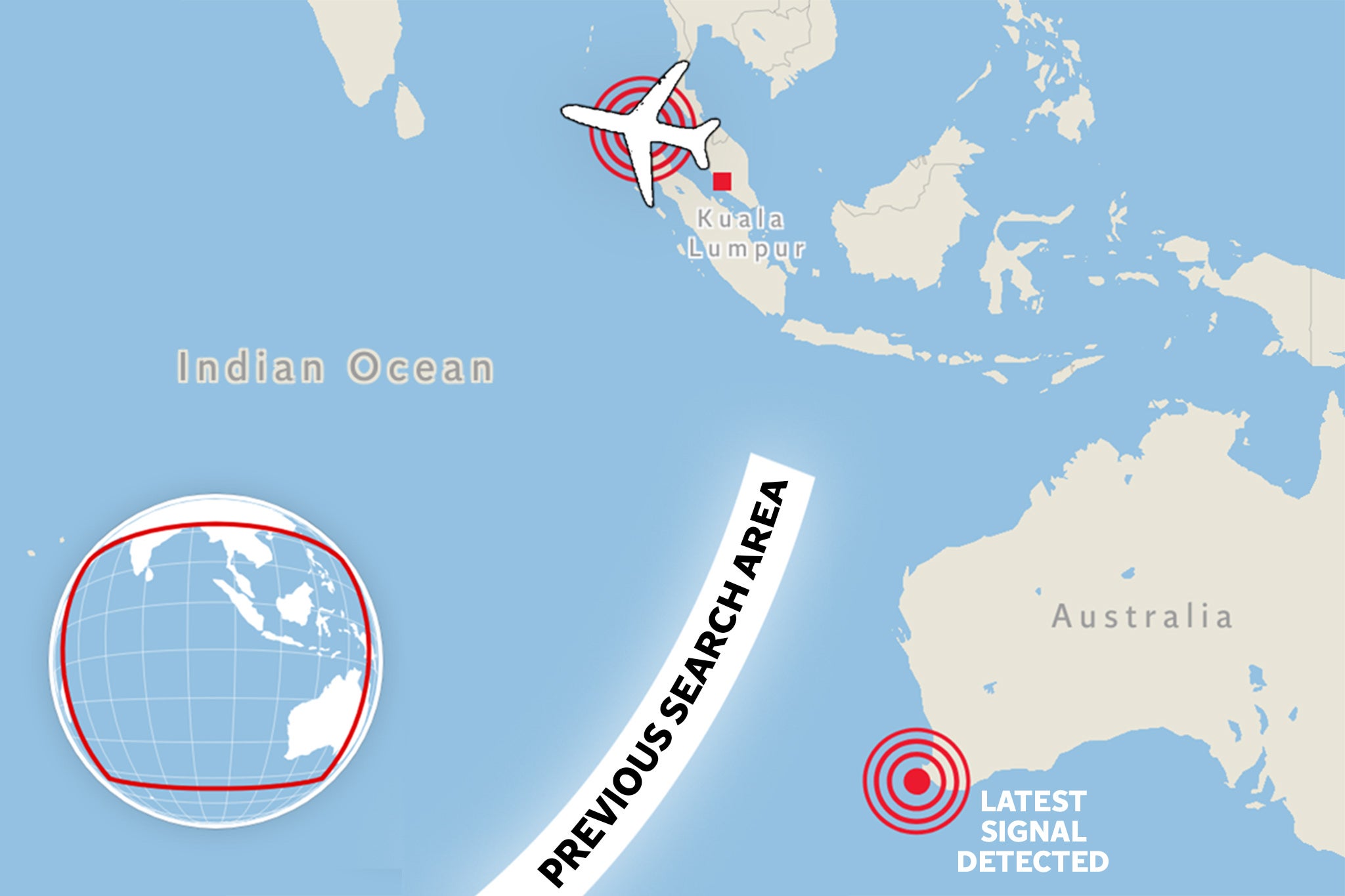In a remarkable turn of events, an Australian researcher has come forward with a groundbreaking claim regarding the infamous disappearance of Malaysia Airlines Flight MH370. This aircraft vanished without a trace over a decade ago, capturing global attention and sparking numerous theories and investigations. Now, Vincent Lyne, an adjunct researcher at the University of Tasmania, believes he has pinpointed the “perfect hiding place” for the lost plane, suggesting it may be submerged in a deep underwater trench in the Indian Ocean.
The disappearance of MH370 remains one of the greatest mysteries in aviation history. On March 8, 2014, the aircraft, carrying 239 passengers and crew, mysteriously lost contact while flying over Vietnamese airspace. Despite extensive search efforts, the exact location of the wreckage has eluded investigators, leaving families and experts alike searching for answers.
Lyne's theory proposes that the plane was intentionally plunged into a 20,000-foot-deep “hole” known as the Broken Ridge, an underwater plateau. This claim not only challenges previous narratives surrounding the incident but also paints a picture of a calculated maneuver by the pilot, Zaharie Ahmad Shah, who may have had knowledge of the area's geography. As the investigation continues, the implications of Lyne's findings could reshape our understanding of what truly happened to MH370.
| Name | Vincent Lyne |
|---|---|
| Profession | Adjunct Researcher |
| Affiliation | University of Tasmania |
| Nationality | Australian |
Table of Contents
- The Theory Behind the Discovery
- Reflections on Previous Investigations
- Scientific Approaches to Locating MH370
- Final Thoughts and Future Directions
The Theory Behind the Discovery
Lyne's assertion introduces a new dimension to the investigation of MH370. He posits that the aircraft could be hidden in a deep trench, suggesting that this location could prevent its discovery due to the complex underwater geography. The Broken Ridge, characterized by underwater plateaus and ravines, presents a unique challenge for search efforts.
According to Lyne, the pilot's knowledge of the area could indicate a deliberate action to conceal the aircraft from potential recovery. This theory raises questions about the motivations behind such a drastic decision and suggests a level of premeditation that has not been widely considered before.
Reflections on Previous Investigations
Over the years, extensive searches have been conducted in the southern Indian Ocean, with satellite data indicating possible crash sites. Unfortunately, these efforts have yielded little success, leading to frustration among the families of those aboard and the aviation community.
The lack of concrete findings has fueled various conspiracy theories, ranging from mechanical failure to hijacking. Lyne's theory could provide a more plausible explanation for the aircraft's disappearance, as it aligns with the idea of a calculated and intentional act rather than an accident.
Scientific Approaches to Locating MH370
Advancements in technology and research methodologies have opened new avenues for locating MH370. Recent studies, including those from Cardiff University, have employed hydrophone technology to detect pressure signals similar to those from previous aircraft crashes.
These innovative approaches emphasize the importance of continuous research and collaboration among scientists, aviation experts, and governmental agencies. As new data emerges, the hope remains that it will lead to the eventual discovery of MH370 and bring closure to those affected by this tragedy.
Final Thoughts and Future Directions
As the search for MH370 continues, the insights provided by researchers like Vincent Lyne are invaluable. His theory not only reignites interest in the case but also encourages further scientific inquiry into the factors surrounding the disappearance.
Ultimately, the quest for truth surrounding MH370 embodies a broader narrative about resilience and hope. Families continue to seek answers, and with each new theory and technological advancement, the possibility of uncovering the mystery grows stronger.
As we move forward, it is crucial to remain vigilant and open to new ideas while honoring the memories of those who lost their lives on that fateful day.




